A city that turned its back on the sea
,
The Edinburgh Shoreline project, part of Edinburgh Living Landscape, is a community based initiative to raise awareness of the rich history and biodiversity of the city’s coast and consider the environmental and economic pressures on it.
It involves artists, specialists and people living and working here creating responses to these pressures including demonstrating how the now necessary sea defences can be designed to create new marine habitats. Karen Chambers explains the inspirations behind this exciting initiative.
For some reason vaguely connected with my past involvement in improving Edinburgh’s biodiversity, including two years developing the city council’s Urban Forestry Strategy in the 1990s, I decided to cycle along its 27 km coastline. There were many stretches I hadn’t seen for about 10 years and I was pretty knocked out by what I found. Two things struck me in particular.
The first was the significant reduction in public access to the shoreline, in particular in places like Granton and Leith Docks. I came across a bronze sculpture which I think sums this up.
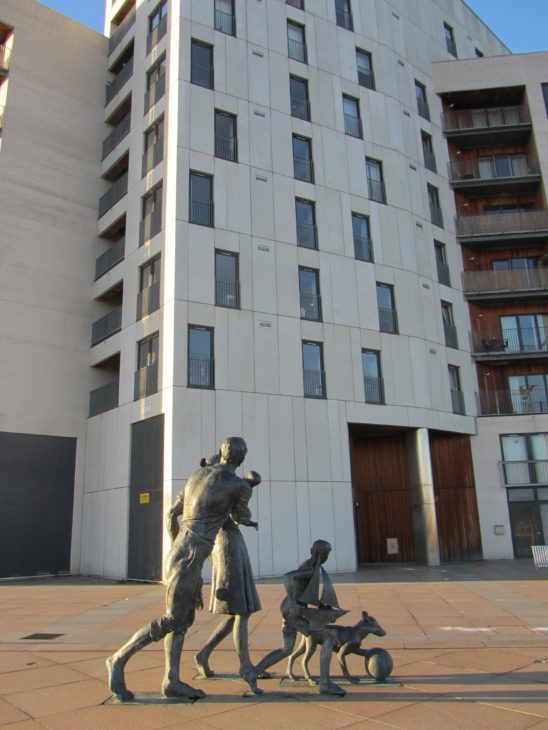
This happy family is apparently heading down a pedestrian walk that was originally described as ‘a tree-lined avenue to the beach’ but in fact terminated in locked rusty gates and a kind of tip.
Secondly I had the overwhelming sense of a land in waiting. Edinburgh’s shoreline could be an incredible resource that is increasingly rich in flora and fauna. It feels like it is holding its breath for an uncertain future between changing development proposals and unpredictable tidal activity due to climate change.
While I had been conscious when looking for a second hand car and going to ASDA in Leith how much the city had turned its back on the sea, I hadn’t realised the extent of this land caught in limbo, adrift between a long post-war recession and an uncertain economic future.
I discovered there is no specific mention of the shoreline in either Edinburgh’s Local Development Plan or the Locality Improvement Plan for the north west of the city. And the Edinburgh Waterfront website only seems to mention individual development opportunities. This lack of attention is disappointing, given that the shoreline represents the coastal boundary of a major capital city.
Most people strolling along Silverknowes, having coffee at Cramond or a pint in Portobello appear to know little of the area’s rich heritage. They simply accept the status quo, and assume this is what the coast is – nice for a brief visit to take in the view but nothing special. One of the drivers of this disconnect is probably the relative inaccessibility of much of the interesting parts of the coast and its history.
However while much of the coast is now fenced off, and many local beaches are pretty uninviting, people seem to be undaunted by this. Maybe this is because they are the only local places where you can still hear and see the sea, even if you have to climb over or on top of the mounds of rubble, or break through fences to reach it.
For example, at Wardie Bay I spotted a family attempting to picnic on the paltry remains of a previously much larger beach. And it is used by local people for Diwali celebrations
And one of the very first people I encountered on my journey was a man who said he came down to the shore every day in his lunch time to watch the kingfisher and otter that he knows live in Victoria Quay right beside the Scottish Government offices.
Internationally important environment and heritage
The whole of Edinburgh’s shoreline lies within The Firth of Forth SPA and SSSI. This area is particularly special because of the internationally important numbers of waders including lapwing, curlew and red-throated diver.
Unfortunately, like the habitats that support them, many of the Forth’s species are now in unfavourable condition, and there has been a general net loss of habitat along its coast. This situation is likely to be further exacerbated through the inevitable narrowing of the intertidal zone due to rising sea levels and the resulting need for a grey barrage of sea defences if all the planned development on the water’s edge goes ahead.
The environmental history of the area is fairly well recorded. Scotland’s Historiographer Royal in Professor Chris Smout writes that in 1726 when Daniel Defoe crossed at Queensferry “in a little Norway yawl” there were so many herring that the boys in the boat were catching them and throwing them aboard with their bare hands.
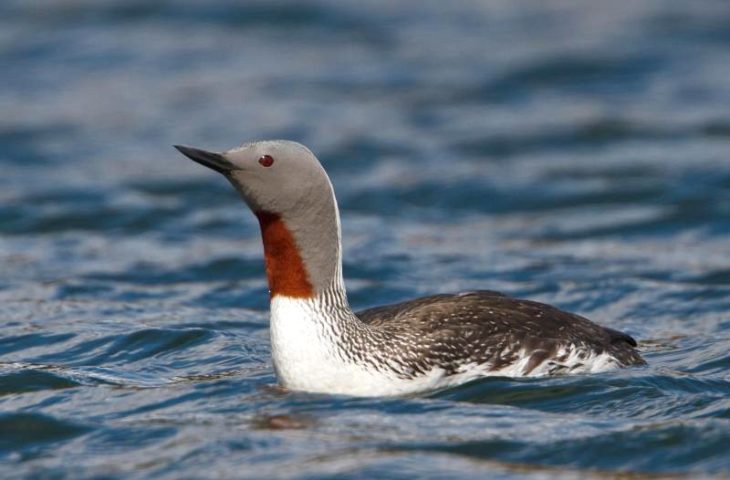
And in 1889 an immense shoal of 230 million young whiting arrived in the Forth that stretched 36 miles from Oscar Rocks west of Granton to the far side of the Isle of May. In the 19th century there were even 50 square miles of oyster beds off Edinburgh, possibly the largest area in Britain. Following a rapid decline they were thought to be completely absent until 2009, when a few were found not far from Edinburgh’s coast.
Edinburgh’s shoreline is also internationally famous for its geology and geomorphology. South Queensferry has exposures illustrating a range of nationally important volcanic features. Granton Shore yielded the first ever recognised body fossils of the conodont fish, a precursor to the lamprey. And at least eighteen species of ‘fossil fish’ have been discovered at Wardie Bay, including good examples of prehistoric sharks, plus some of Europe’s earliest amphibian remains.
Even though a few local groups such as the Granton and Portobello history societies are doing sterling work with very limited resources to research and conserve some of their local heritage, so much of the social history has been forgotten. It has either been buried, like the archaeological remains under the Granton harbour infill, or like the Martello tower at Leith Docks, is no longer accessible to the public.
Turning back the tide
Exploring the shoreline and talking to people I met along the way made me really want to do something about it. I enlisted the help of two friends, Leonie Alexander, Biodiversity Officer at the Royal Botanic Gardens Edinburgh who is part of Edinburgh Living Landscape, and Elspeth Wills, a local historian and author of The Briggers: The Story of the Men Who Built the Forth Bridge.
After two years of hard graft and enthusiasm, and with the support of major organisations including Scottish Natural Heritage, Edinburgh and Glasgow Universities, the Natural Environment Research Council, and the Scottish Seabird Centre, we have finally received enough funding from the Green Infrastructure Community Engagement Fund (GICEF) and the Heritage Lottery Fund to make a difference.
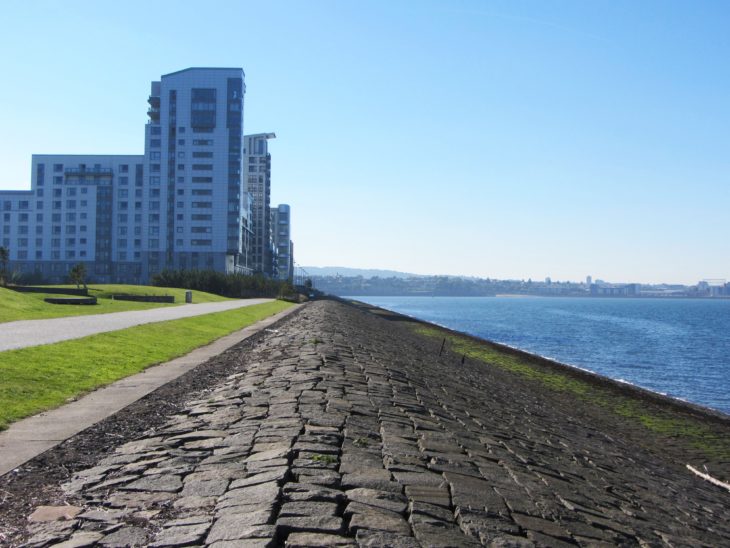
Clearly some of the major issues, based around economic development, transport and sea defences, are out of our control, but we can try to enthuse and involve as many people as possible and raise awareness of the incredible diversity of species and trades that used to thrive along this shoreline.
We do this in the hope that they are celebrated and incorporated into whatever happens in the future and that people living along the shoreline and elsewhere will become more engaged, and able to complement and input to the currently broad brush development proposals. We also hope to raise awareness of the Natural Capital standard for application to future developments.
Progress so far
Over the last two years we have amassed an amazing amount of information – more than enough to stimulate delight, engagement and desire to follow any of the many fascinating threads.
Two consultation exercises have been carried out for us by the OPERAs project through The University of Edinburgh. One of these asked people in shoreline communities to visualise their ideal local environment in 50 years’ time, the other was an MSc project that involved interviewing a wide range of people in the centre of the city and along the shoreline about their knowledge of, and relationship to the coast.
The final analysis of both of these will be completed at the end of 2018 but early results demonstrate a genuine desire from people for new developments to take the environment into account, as well as a greater network of paths, places for wildlife to thrive, and greater recognition of the mental and physical benefits of being by the coast.
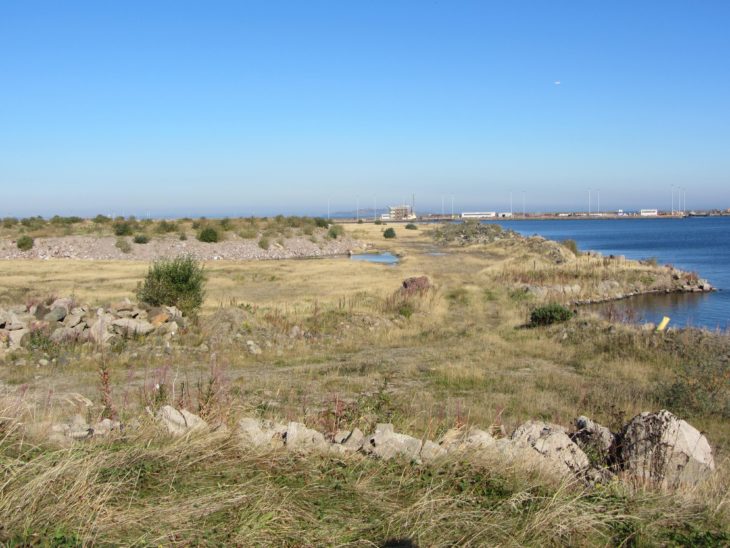
Pupils from Craigroyston schools have taken part in a National Environment Research Council (NERC) funded project to promote awareness of coastal climate change and demonstrate ways of providing new habitats for marine species in coastal defences. The project combined art, ecology, engineering and bio-geomorphology.
The children designed and created artificial habitats to attach to coastal defences which included strap-on rock pools, and tiles made with different compositions and surfaces to find out which would colonise most quickly.
Researchers and policy makers were brought together in a joint workshop with Edinburgh Adapts. This looked at how the coast may change and how the changes could benefit people and wildlife. The latest data for sea level rises shocked most of those present.
An exciting year ahead
Our programme for 2018 involves linking professionals, artists and professional organisations with local communities to investigate and celebrate the shoreline’s rich history and biodiversity, and also to consider current and future pressures and changes to initiate dialogues about imagining future possibilities.
We will provide resources and expertise to the shoreline communities to develop projects important to them – relating for example to access, local history and shoreline species.
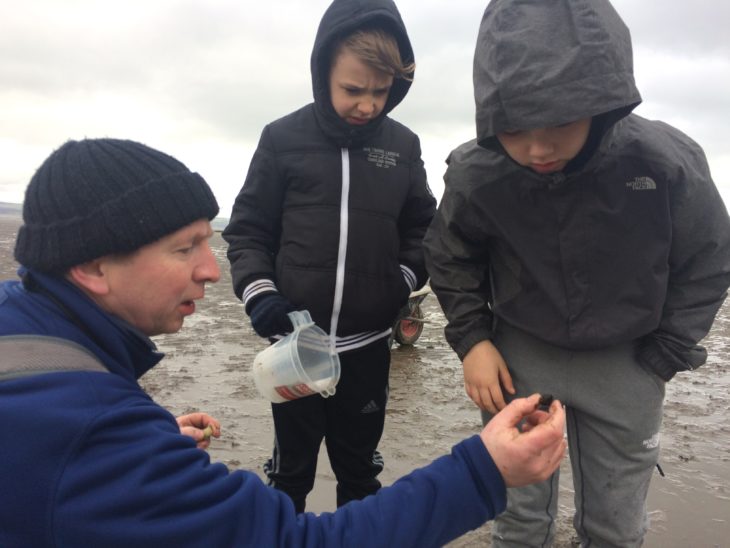
The centre piece of the project is a major shoreline exhibition in the Royal Botanic Garden Edinburgh’s John Hope Gateway during the 2018 Edinburgh Festival. Images, films, information and ideas generated from shoreline communities here and in other countries will be presented to create an immersive, exciting experience.
The exhibition will be complemented by workshops in the Real Science room, a coastal species garden, seminars, seafood fare in the restaurants and cafes, and potentially donkey rides and rock! We also hope to organise a series of shoreline events and installations such as a drop-in display of endangered coastal species.
The Shoreline Project is a fairly ambitious first step. We hope it will lead to better connections, participation and knowledge, and ultimately the more robust beautiful and diverse shoreline that our capital city deserves. Gradually, we can finally help the city of Edinburgh turn back towards the sea.
For information on how to get involved in the Shoreline Project email Charlotte Johnson, cjohnson@rbge.org.uk
The Edinburgh Shoreline initiative is supported by the Heritage Lottery Fund and the Green Infrastructure Community Engagement Fund, administered by Scottish Natural Heritage on behalf of the Scottish Government.
